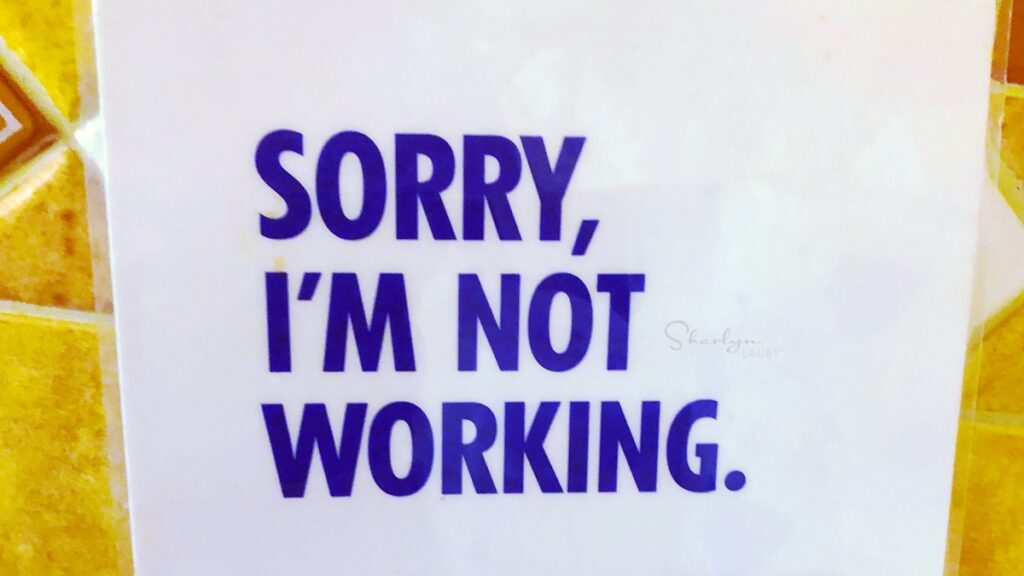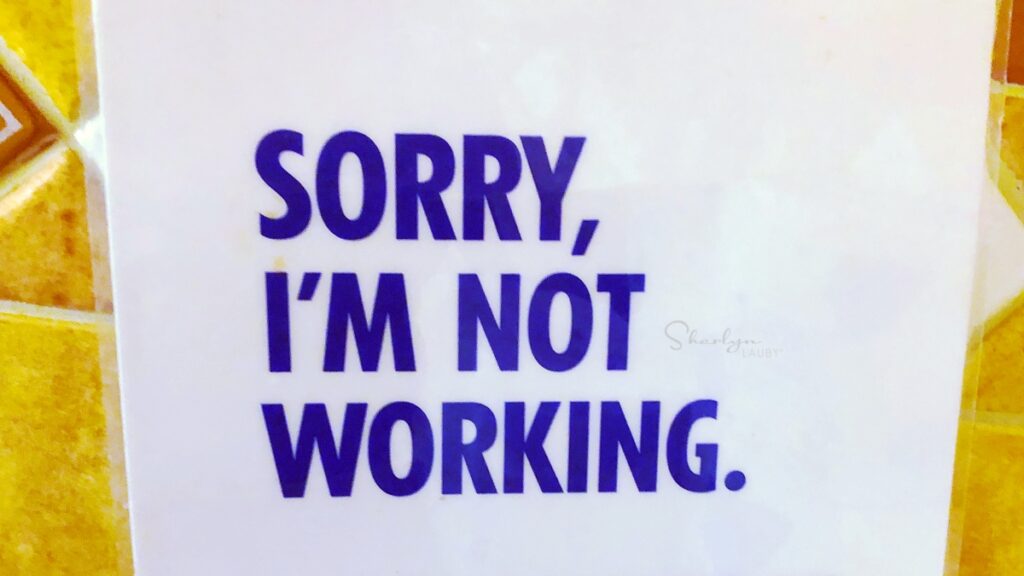Estimated reading time: 4 minutes
Organizations know what succession planning is. It’s the process of identifying and developing employees who can replace key roles within the organization. And organizations are well aware of the value that succession planning brings because it’s absolutely essential to think about the “what if’s” associated with a key role being open.
But, for some reason, many organizations just don’t do it.
According to the Pew Research Center, approximately 10,000 people each day become eligible for retirement. This statistic is expected to continue for the next decade. It doesn’t mean that everyone is going to leave the day they can collect retirement benefits, but it does mean organizations need to be aware of the possibilities within their workforce.
I know I don’t have to remind everyone, but let me do it anyway. At any given moment in time, organizations could be faced with a job opening. We have a tendency to only think of succession planning in the context of senior level positions, but really any job opening could be worth considering for succession planning. Here are five reasons that organizations might want to revisit succession planning:
- It’s taking longer to find qualified candidates. According to a report from the Society for Human Resource Management (SHRM), the average time to fill a job opening was 44 days in 2024. Using that number, organizations need to decide if they can live with a job opening for roughly six weeks plus the productivity curve (when they finally do hire someone). Those numbers can decrease significantly when companies have a succession plan in place.
- It’s becoming harder to find skilled candidates. In the same SHRM report, 3 of 4 organizations have experienced difficulty in recruiting for regular full-time positions. Those challenges can impact business performance, customer service, and company growth. When not having the right talent at the right time hits the bottom-line, it’s time to consider succession planning.
- Training employees could improve engagement and retention. Employees want to know that they have a future with the organization. One way to demonstrate that is with training and development opportunities. It’s not mandatory to tell employees they’re a part of the succession plan. Providing training in problem-solving, conflict resolution, collaboration, decision-making, etc. is a huge investment into both current and future talent.
- Training is cheaper than recruiting. This isn’t meant to be cold-hearted but, the longer it takes to hire a qualified employee, the more expensive it is. The goal of succession planning is to have talent ready at the time the opening occurs. Even if an employee isn’t 100% ready to take on the new role, being 85% ready can better (i.e., less expensive) than an external hire.
- Succession planning isn’t as hard as it might appear. One possible reason that organizations don’t do succession planning is because the process is perceived to be administratively burdensome. The good news is, today’s technology can assist with succession planning. Managers and employees can set career development goals and conduct regular one-on-one meetings to monitor progress.
Organizations no longer have the luxury of hiring everyone from the outside. At some point, they need to develop talent from within. That’s succession planning.
Admittedly, succession planning takes preparation and resources. Don’t wait until it becomes a talent crisis. The best time to think about succession planning is when the company can put some training programs in place. Budget resources for talent development and use them. It might be tempting to leave money on the table, but that could only hurt the company in the long-run.
If you haven’t thought about succession planning lately, it might be a good time to revisit it. Recruiting continues to be a challenge and talent is a key business differentiator.
Image captured by Sharlyn Lauby while exploring the streets of Nashville, TN
The post 5 Reasons Organizations Need to Do Succession Planning appeared first on hr bartender.










